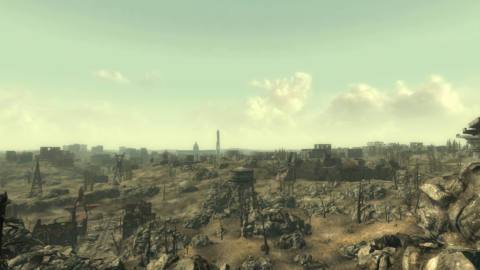Ever wrestled to remove a graphics card, tears of frustration curling down your cheeks as you desperately fumble for the release catch, all the while cursing the heavens at the notion that somebody, anybody, thought this was a user-friendly or remotely ergonomic retention mechanism? Then you're in good company.
But rejoice, because Asus has a new revision of its PCIe Q-Release mechanism, now known as PCIe Q-Release Slim. And it might just be the GPU slot we've all been waiting for. It's totally tool-free, there's no button, and once you understand how it works it's totally intuitive.
Last time around, the Asus PCIe Q-Release involved a more easily accessible quick-release button that essentially popped the retention clip that holds a GPU into the PCIe slot. That saved you from having to get directly at the clip to manipulate it, the latter procedure often presenting something of an ergonomic nightmare for those who lack sextuple-jointed fingers. In other words, everyone.
All very welcome, but it still meant you had to be able to reach the release button located on the motherboard. Even though Asus positioned the button to be easy to get at, access obviously depends on your PC case and the components, cables and connectors installed. Moreover, you could argue that if prodding the motherboard can be avoided, that's always for the best.
Now it can be, thanks to the new Asus PCIe Q-Release Slim slot, which Asus is showing off at Gamescon. Chris has the full skinny on all the boards Asus is showing off at the show. But YouTube channel der8auer has taken a particular look at the new mechanism, which at a glance looks like a standard PCIe graphics slot and into which you insert a graphics card just like a standard PCIe graphic ports.
Indeed, it doesn't have the release button from the previous PCIe Q-Release solution. Instead, it depends on a new mechanism that automatically releases the graphics card if you simply pull the graphics card from the bracketed end with video out ports.

Best CPU for gaming: The top chips from Intel and AMD.
Best gaming motherboard: The right boards.
Best graphics card: Your perfect pixel-pusher awaits.
Best SSD for gaming: Get into the game ahead of the rest.
Tug at the middle of the graphics card or the far end, and nothing happens. The system works because the bracketed end of a graphics card is normally secured to the PC chassis with screws or some kind of clip. With that end secured, the GPU won't budge.
Of course, we haven't had a go with the new slot ourselves. So, we can't definitely comment on how slickly and reliably it actually works. But, in theory, it looks like the perfect solution to a long-standing pernickety problem.
All of which means you can now add the graphics card slot on your motherboard to the list of first world problems that suddenly got made much better and you can't understand why it took so long, which includes wheels on luggage and loops to stop you dropping your skiing gloves off the chairlift. Huzzah.






